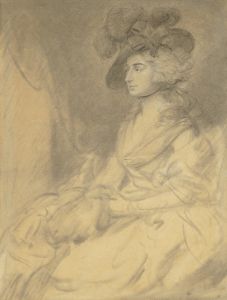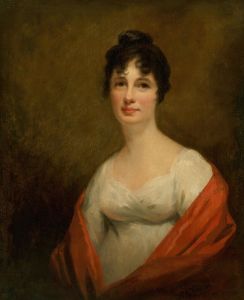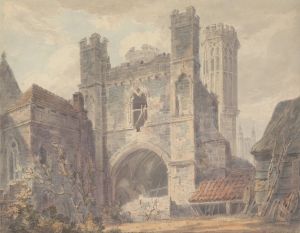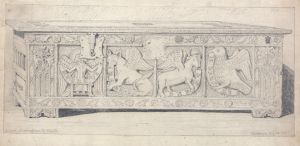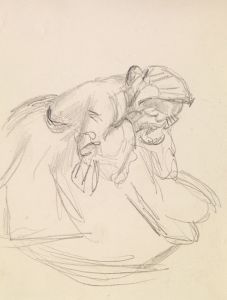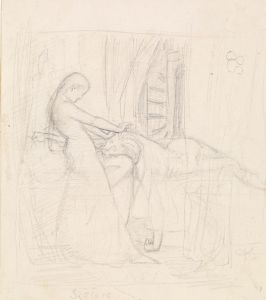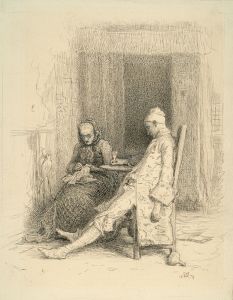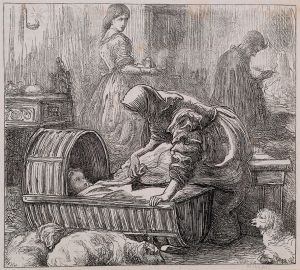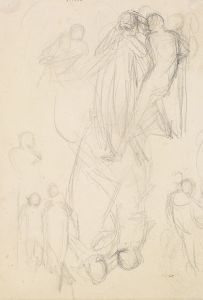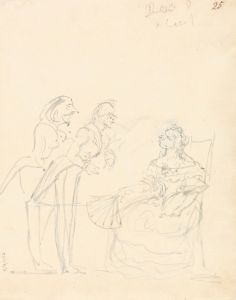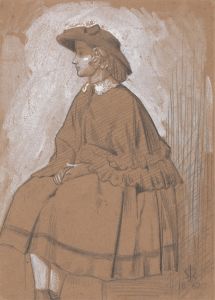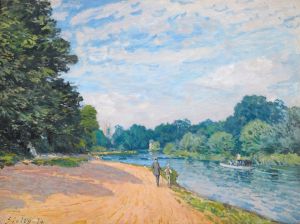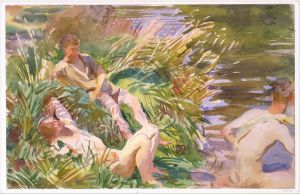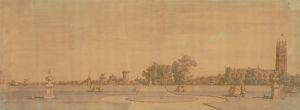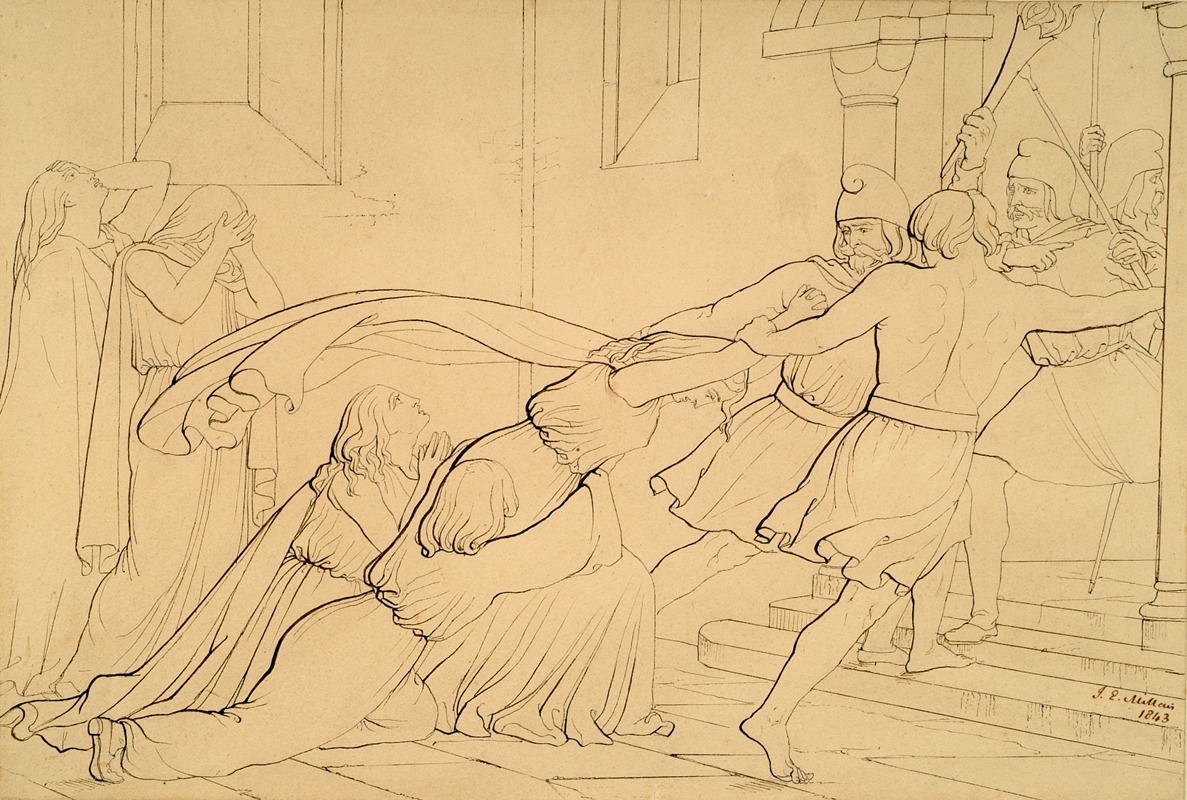
Elgiva Seized by Order of Odo, Archbishop of Canterbury
A hand-painted replica of Sir John Everett Millais’s masterpiece Elgiva Seized by Order of Odo, Archbishop of Canterbury, meticulously crafted by professional artists to capture the true essence of the original. Each piece is created with museum-quality canvas and rare mineral pigments, carefully painted by experienced artists with delicate brushstrokes and rich, layered colors to perfectly recreate the texture of the original artwork. Unlike machine-printed reproductions, this hand-painted version brings the painting to life, infused with the artist’s emotions and skill in every stroke. Whether for personal collection or home decoration, it instantly elevates the artistic atmosphere of any space.
"Elgiva Seized by Order of Odo, Archbishop of Canterbury" is a painting by Sir John Everett Millais, a prominent British artist and one of the founding members of the Pre-Raphaelite Brotherhood. The artwork, completed in 1851, depicts a dramatic historical event involving Elgiva (Ælfgifu), the wife of King Edwy of England, and Odo, the Archbishop of Canterbury, during the 10th century.
The painting illustrates a moment from Anglo-Saxon history, as recorded in medieval chronicles. According to these accounts, King Edwy, who reigned from 955 to 959, married Ælfgifu, a union that was deemed controversial by the Church. Odo, the Archbishop of Canterbury, opposed the marriage, reportedly on the grounds of consanguinity (being too closely related by blood) or other canonical objections. The Church's disapproval of the marriage led to a dramatic intervention, during which Ælfgifu was forcibly separated from Edwy. Some accounts suggest that she was mistreated and even disfigured as a result of this conflict.
Millais's painting captures the moment of Elgiva's seizure, emphasizing the emotional intensity and human suffering of the event. The composition reflects the Pre-Raphaelite Brotherhood's commitment to vivid detail, historical accuracy, and emotional depth. Millais's use of color, texture, and expression in the figures conveys the tension and tragedy of the scene.
The painting is notable for its historical and artistic significance, as it reflects the Pre-Raphaelite interest in medieval themes and their dedication to reviving the detailed and vibrant style of early Renaissance art. Millais's work often combined historical or literary subjects with a focus on human emotion, and "Elgiva Seized by Order of Odo, Archbishop of Canterbury" is a prime example of this approach.
The painting is part of Millais's early career and demonstrates his skill in storytelling through art. It also highlights the intersection of art and history, as Millais drew inspiration from historical events and sought to bring them to life for a 19th-century audience. The artwork remains an important piece in the study of Pre-Raphaelite art and its engagement with historical narratives.
Further details about the painting's current location or its reception at the time of its creation are not readily available.





